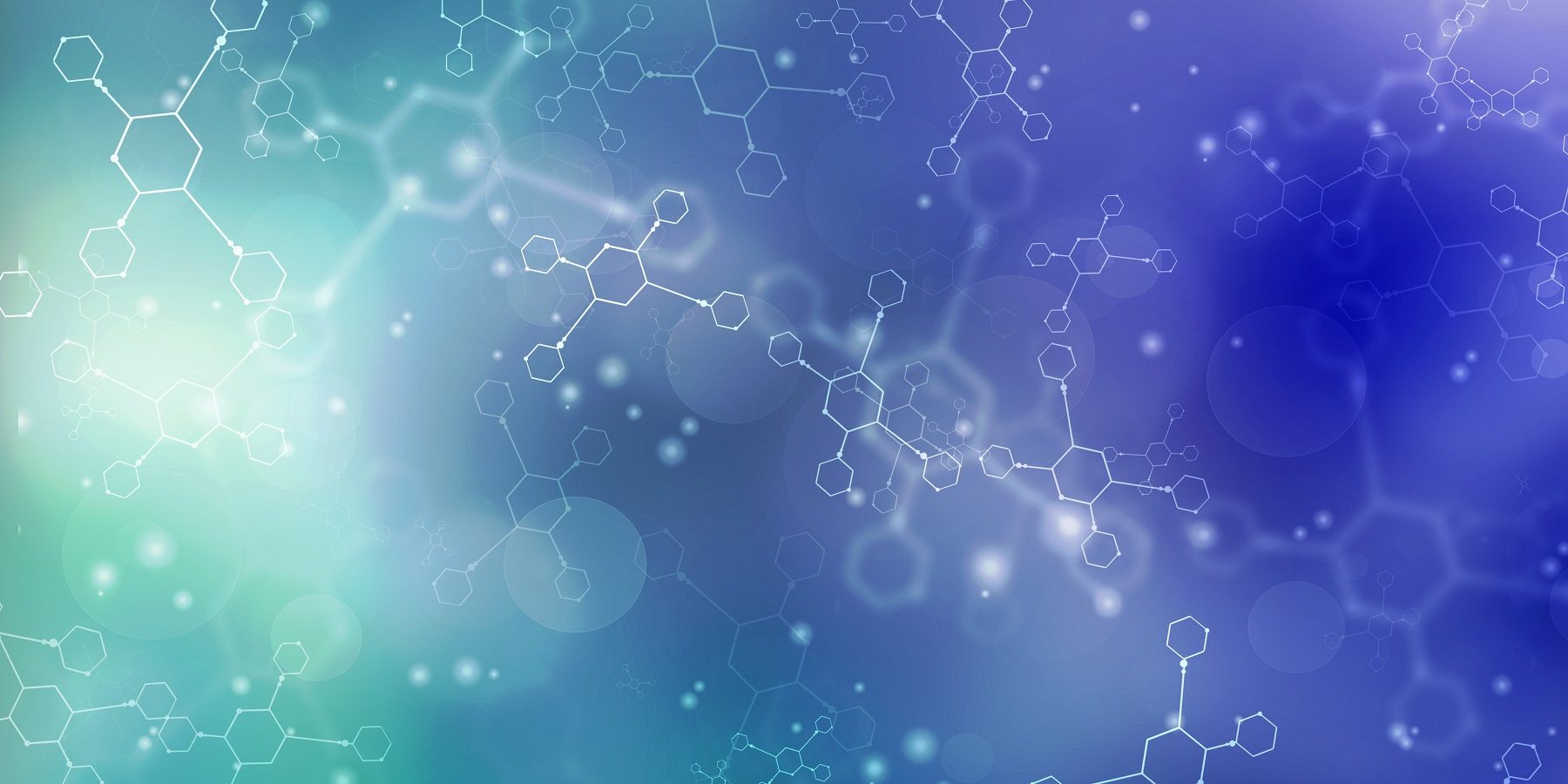Indications
Captopril is indicated for the treatment of essential and renovascular hypertension, often in combination with other medications, particularly thiazide diuretics. It is also employed in managing congestive heart failure when used alongside other therapeutic agents such as cardiac glycosides, diuretics, and β-adrenergic blockers. Moreover, captopril has been shown to improve survival in patients experiencing left ventricular dysfunction following a myocardial infarction. Additionally, it holds therapeutic value in treating nephropathy, including diabetic nephropathy.
Pharmacodynamics
As an angiotensin-converting enzyme (ACE) inhibitor, captopril antagonizes the renin-angiotensin-aldosterone system (RAAS), a key homeostatic mechanism regulating hemodynamics and electrolyte balance. Upon sympathetic stimulation or decreased renal blood pressure, renin is secreted by the granular cells in the juxtaglomerular apparatus of the kidneys. Renin converts circulating angiotensinogen to angiotensin I (ATI), which is then transformed into angiotensin II (ATII) by ACE. ATII elevates blood pressure by promoting aldosterone and vasopressin secretion, triggering arterial vasoconstriction, and inducing thirst. By inhibiting the conversion of ATI to ATII, captopril effectively mitigates RAAS-induced blood pressure increases. Additionally, by blocking the enzymatic breakdown of bradykinin-a potent vasodilator-captopril further contributes to decreased blood pressure through enhanced vasodilation.
Absorption
Captopril is absorbed at a rate of 60-75% in fasting individuals, though the presence of food can reduce its absorption by 25-40%. Despite this reduction, evidence suggests that the clinical significance of this decrease in absorption is minimal.
Metabolism
Captopril undergoes hepatic metabolism.
Mechanism of Action
Captopril functions as an ACE inhibitor by targeting the angiotensin-converting enzyme (ACE), which has two isoforms. The somatic isoform, a glycoprotein consisting of a polypeptide chain of 1277 amino acids, contains two active domains, N and C, that result from gene duplication. These domains, despite their sequence similarity, have distinct physiological functions. The C-domain primarily governs blood pressure regulation, whereas the N-domain is implicated in the differentiation and proliferation of hematopoietic stem cells. Captopril effectively inhibits the activity of both domains, with a marked preference and greater inhibitory activity for the C-domain. It competes with angiotensin I (ATI) for binding to ACE, thereby preventing the conversion of ATI to angiotensin II (ATII). This reduction in ATII levels diminishes its pressor effects, leading to a decrease in blood pressure, as detailed in the pharmacology section. Furthermore, Captopril increases plasma renin activity, likely due to a reduction in the feedback inhibition by ATII or activation of reflex pathways via baroreceptors. Notably, Captopril's affinity for ACE is significantly higher than that of ATI, approximately 30,000 times greater.

